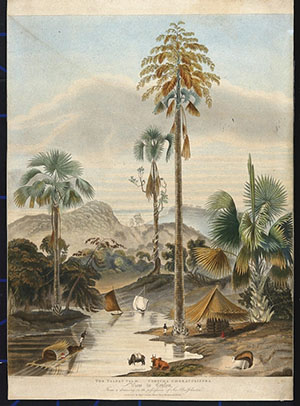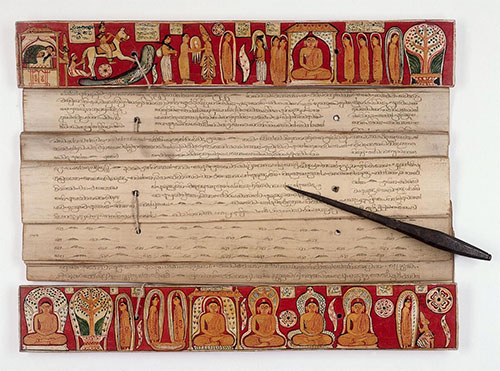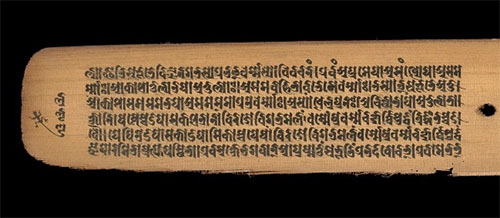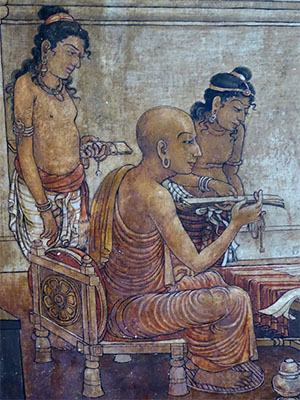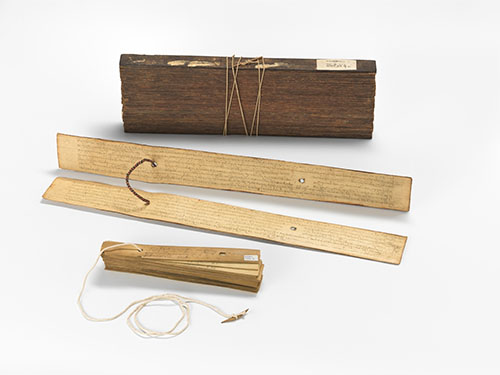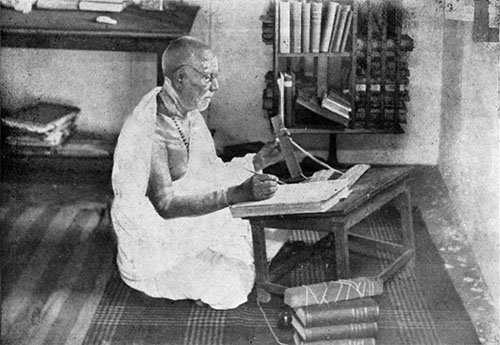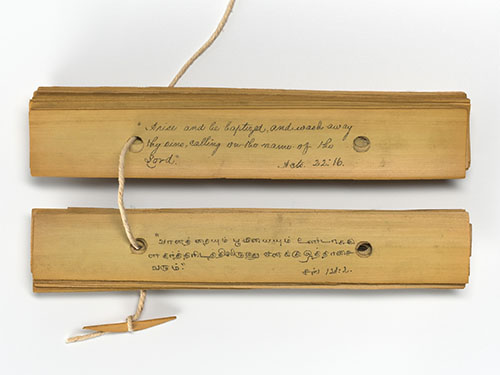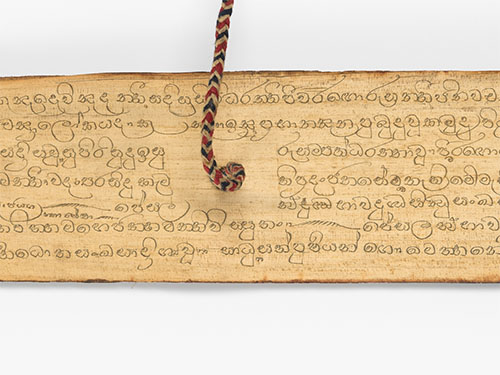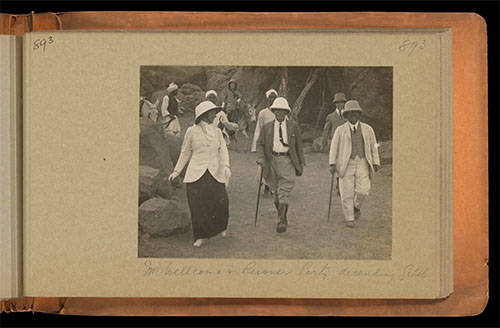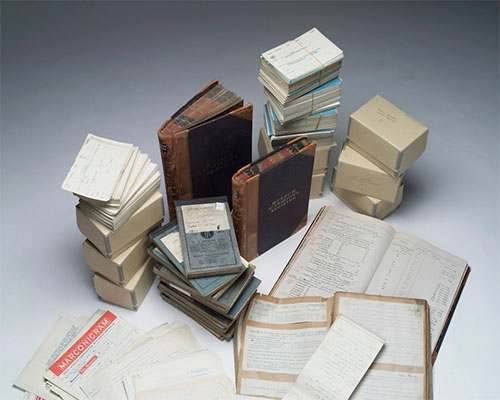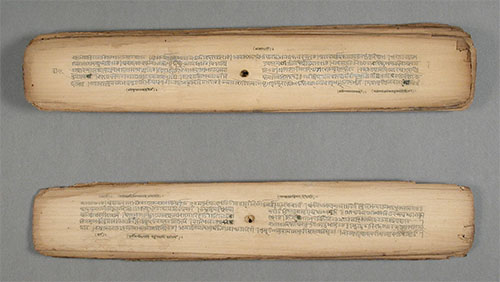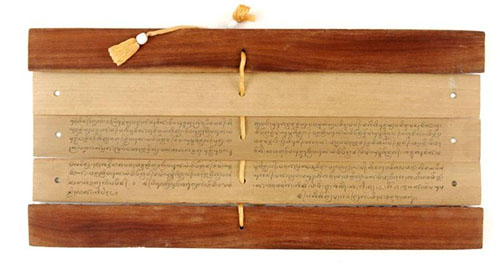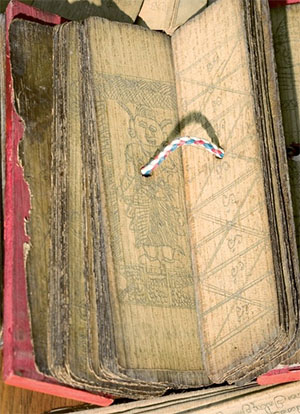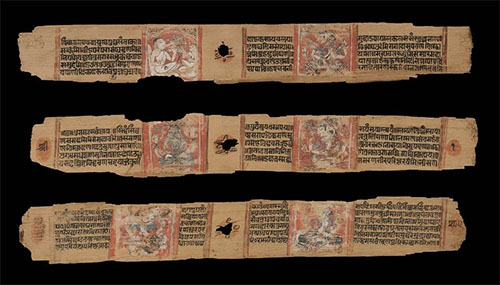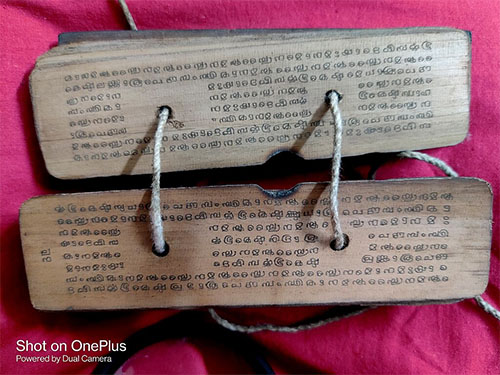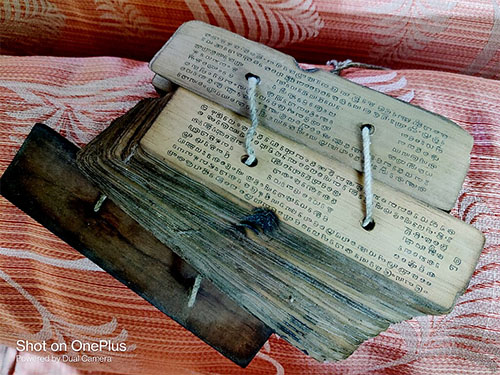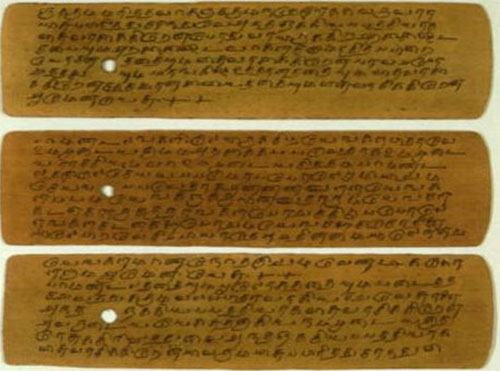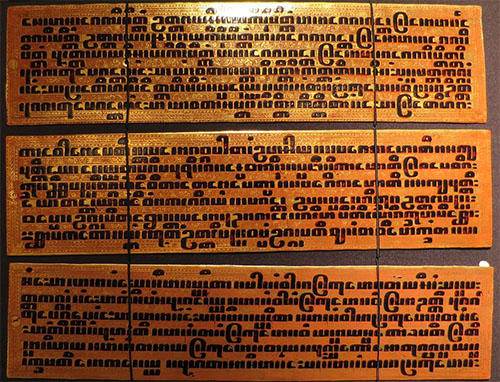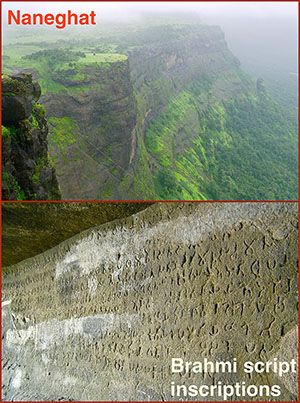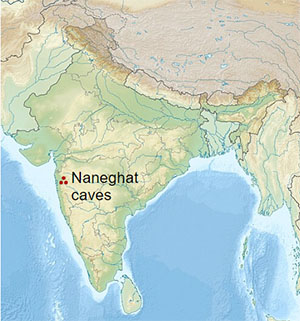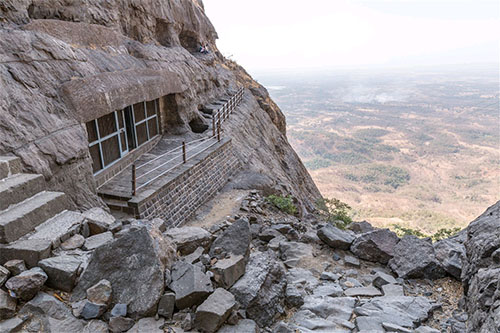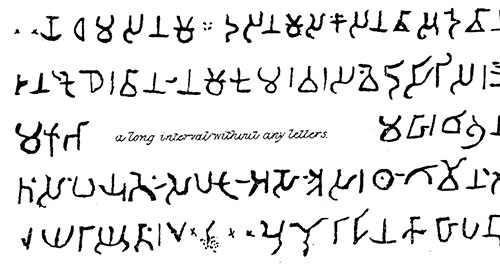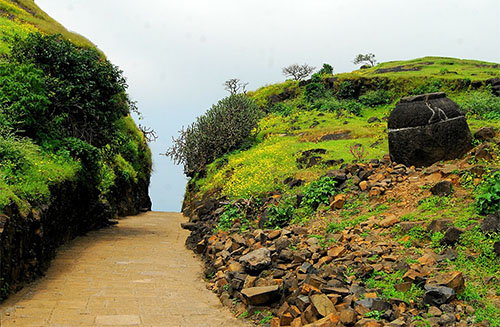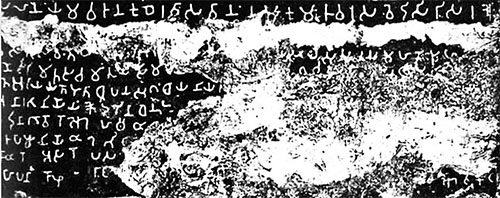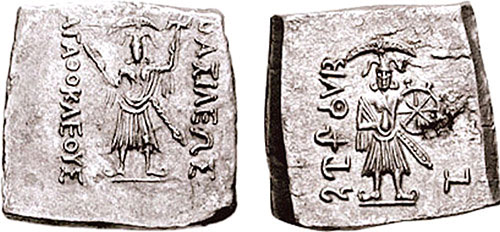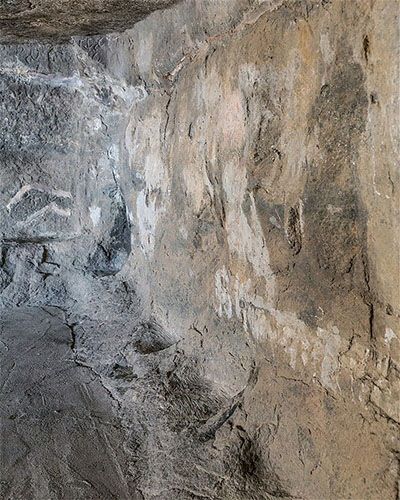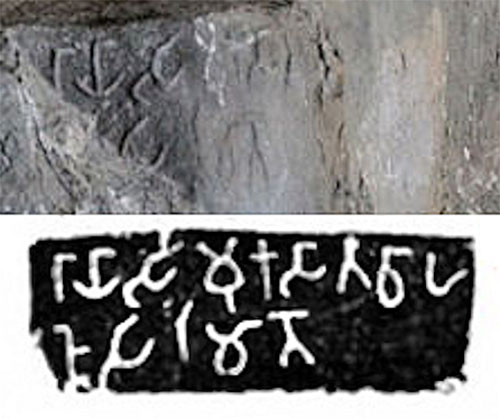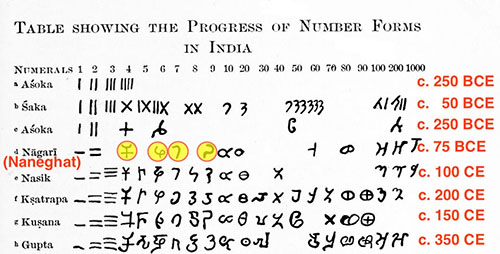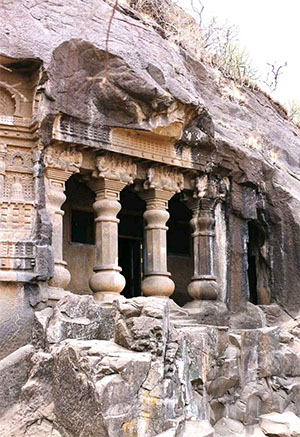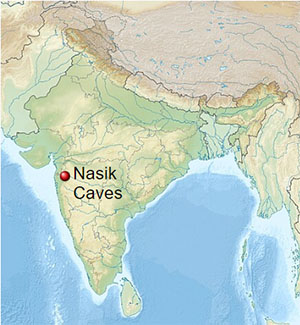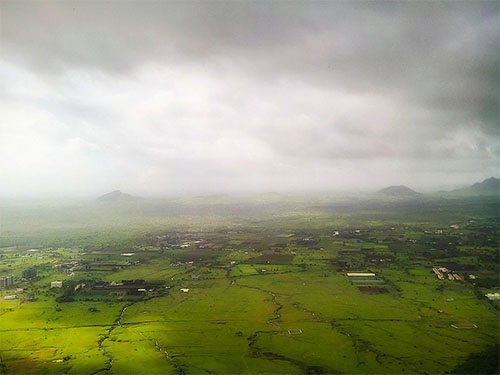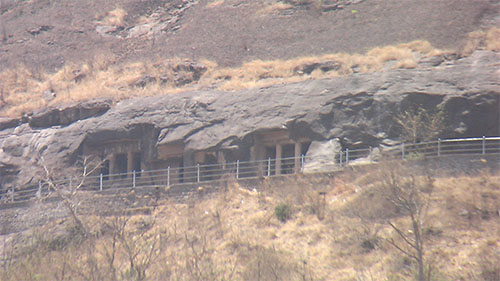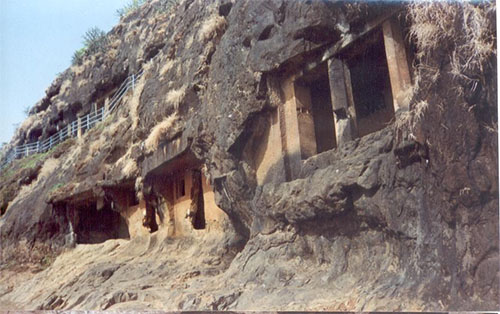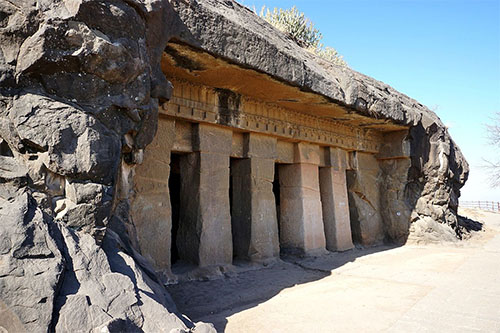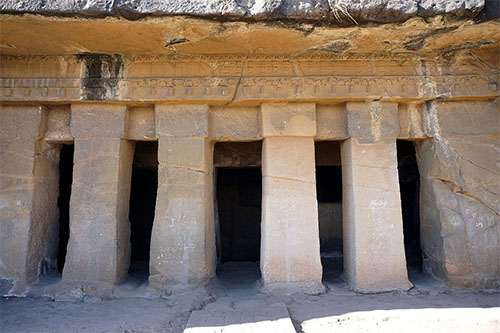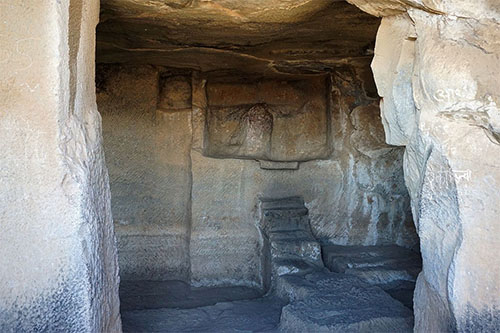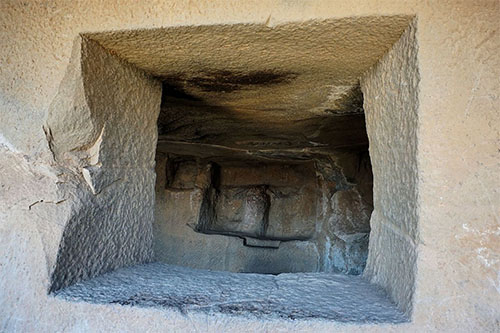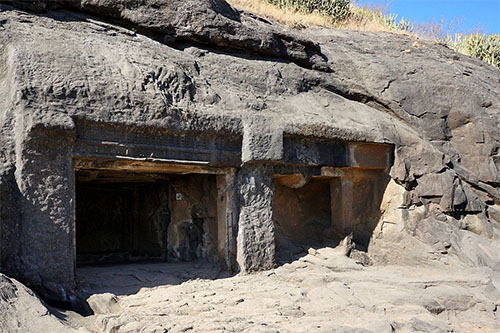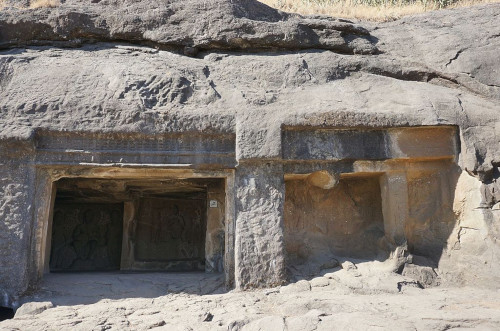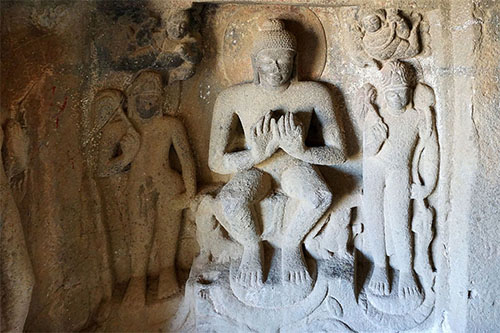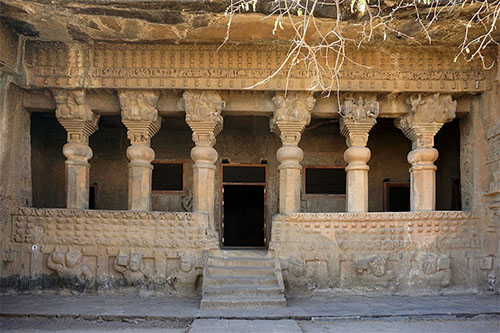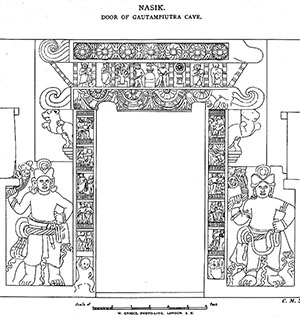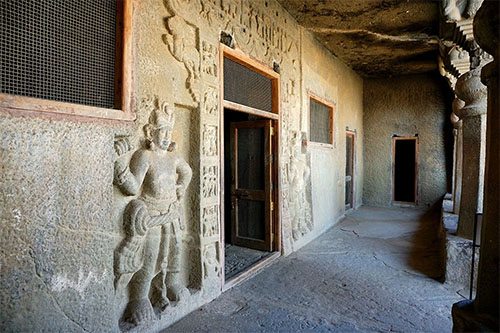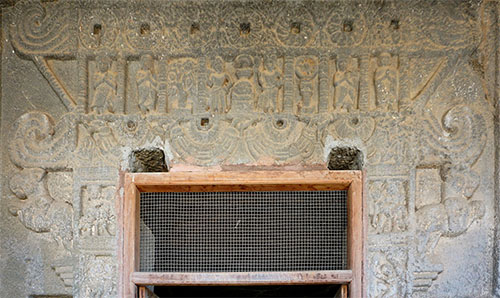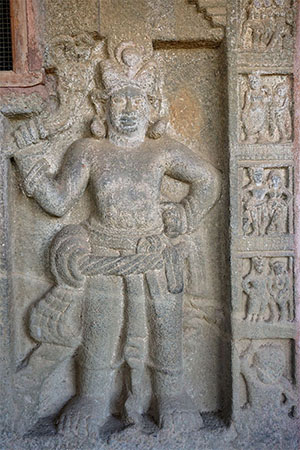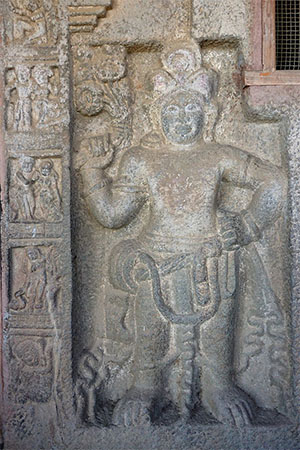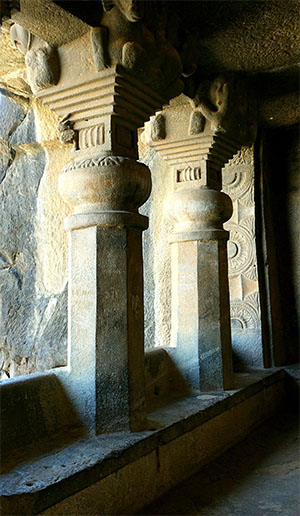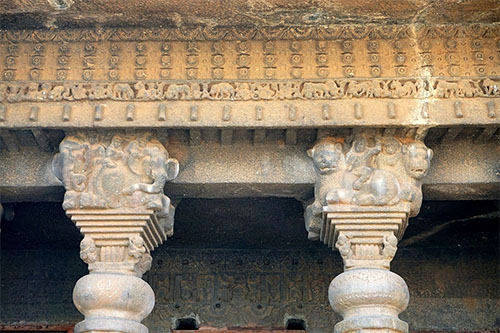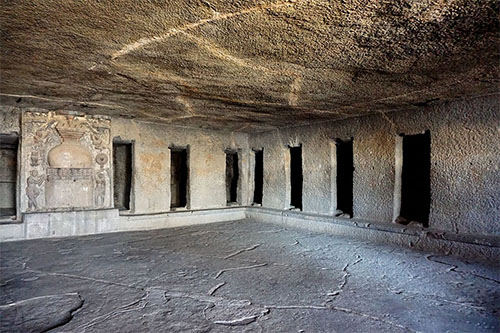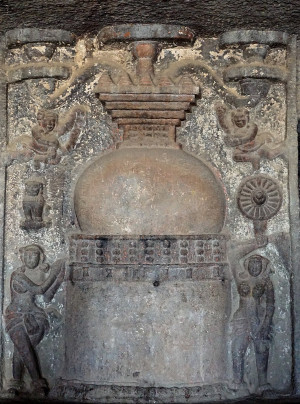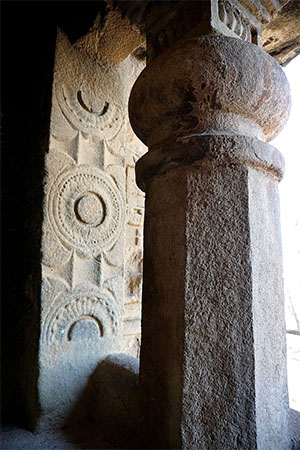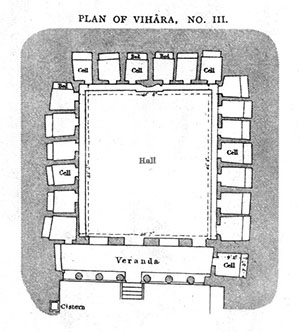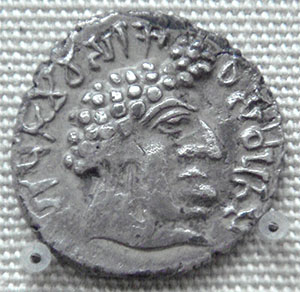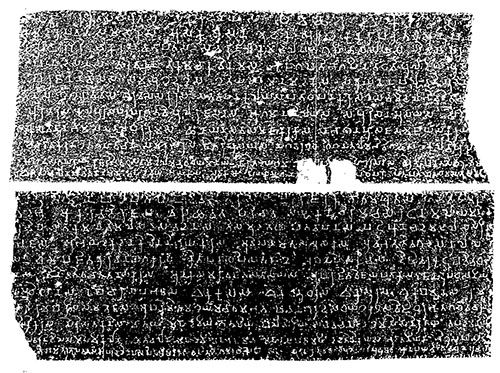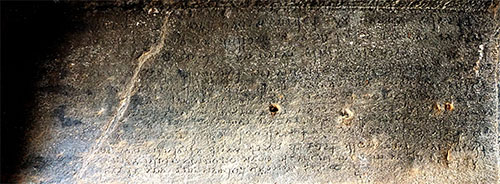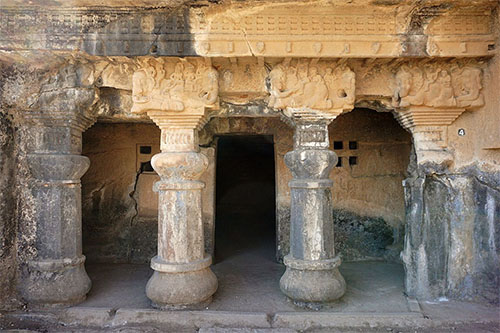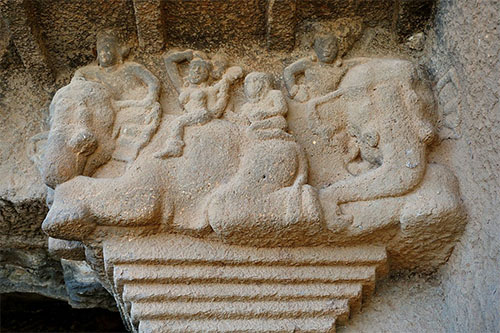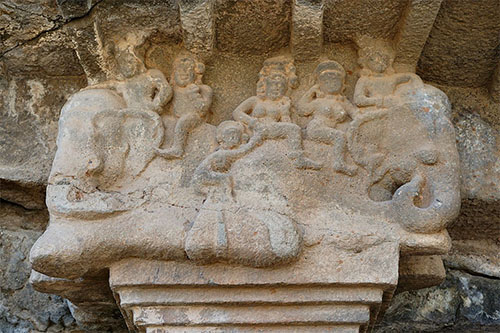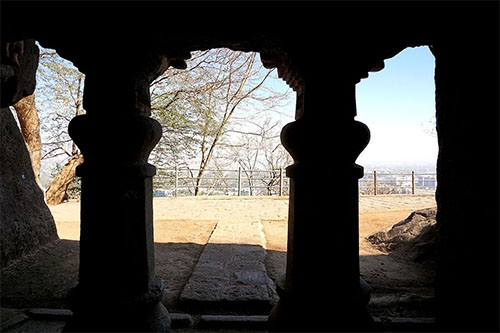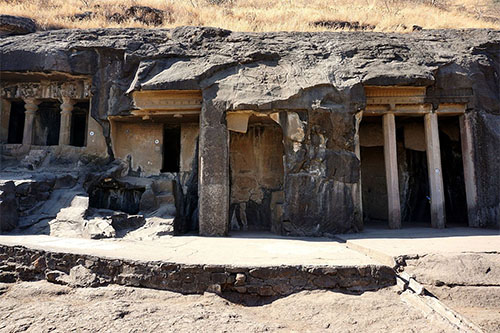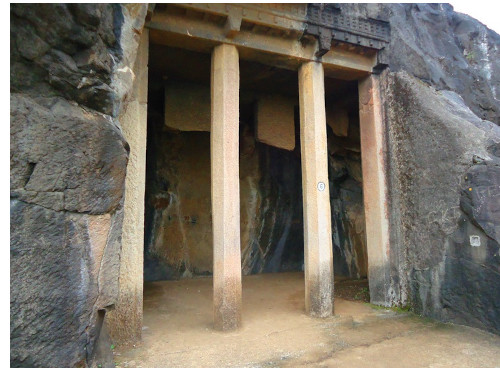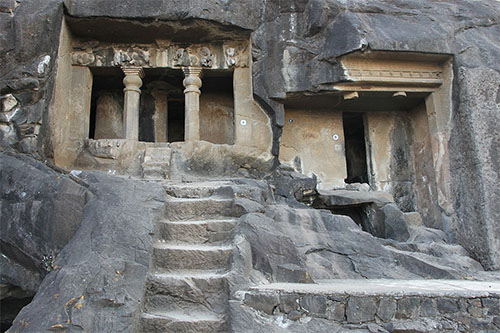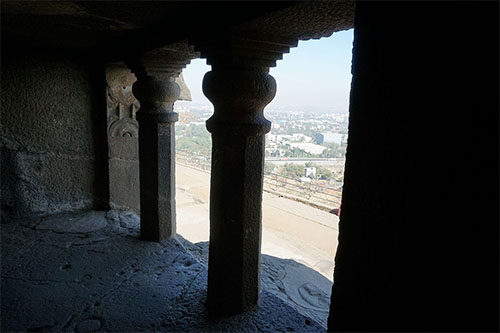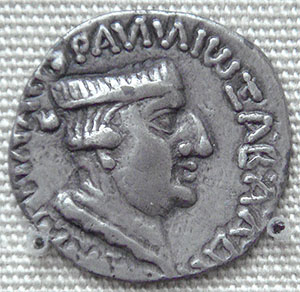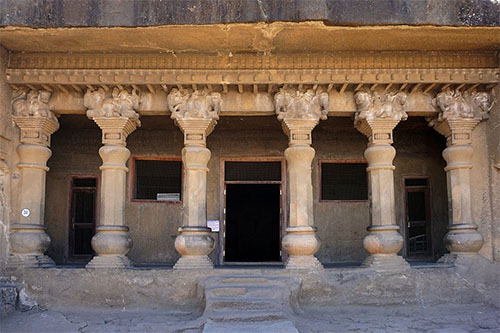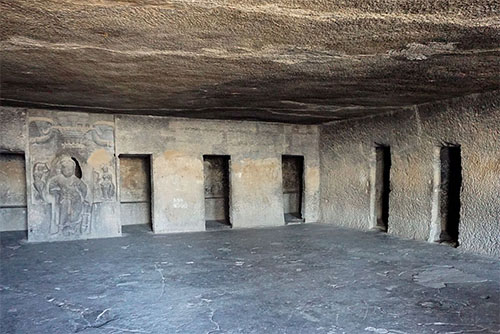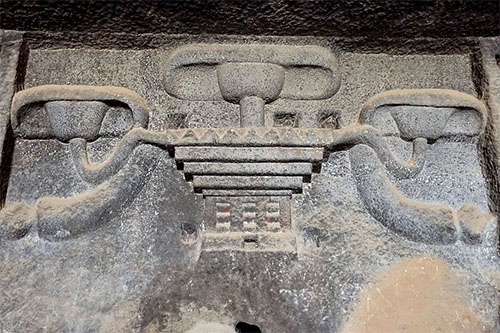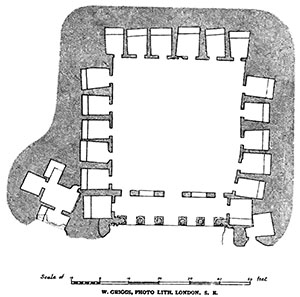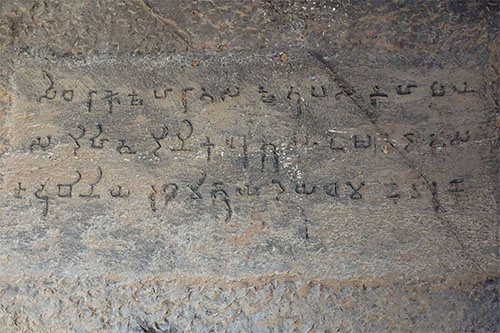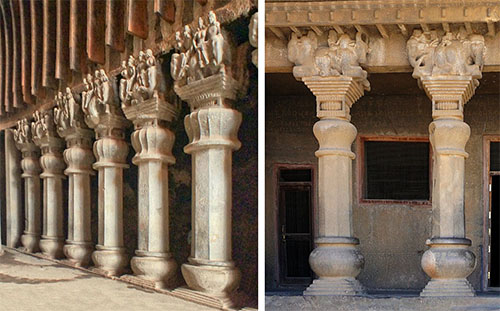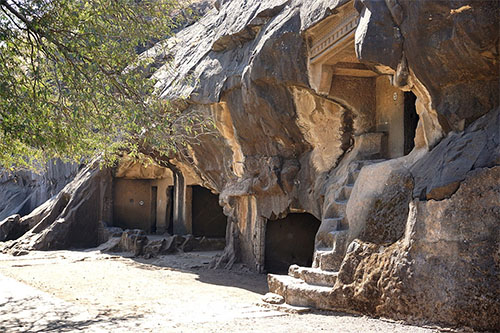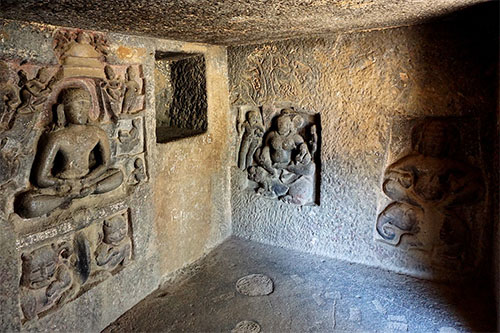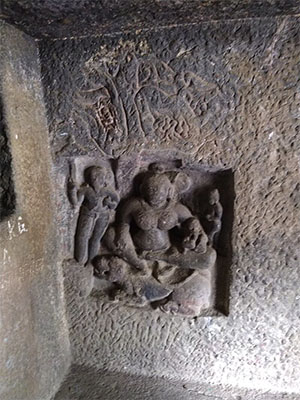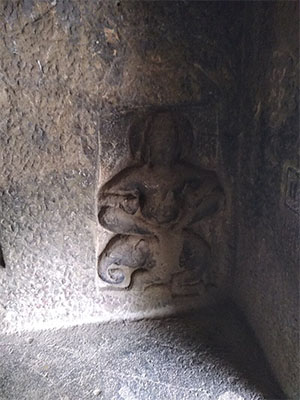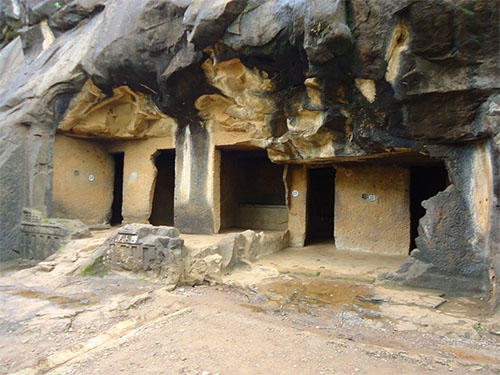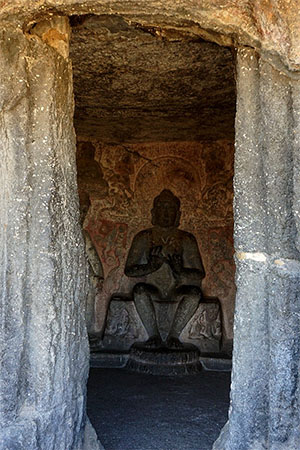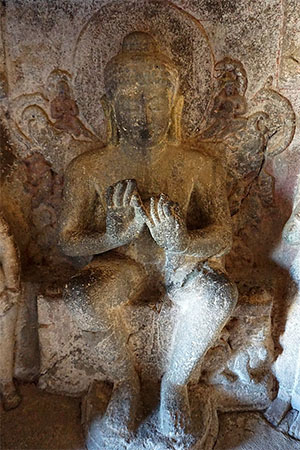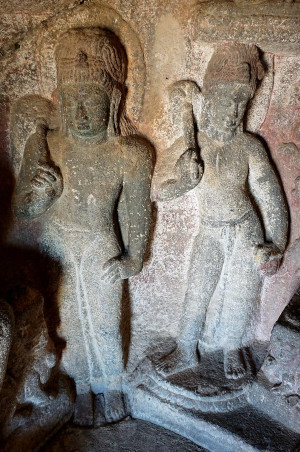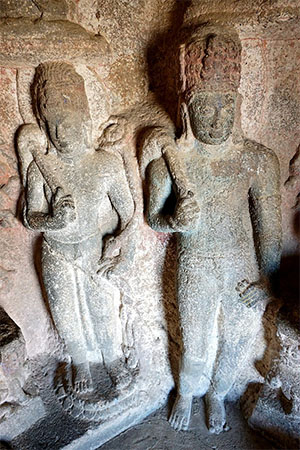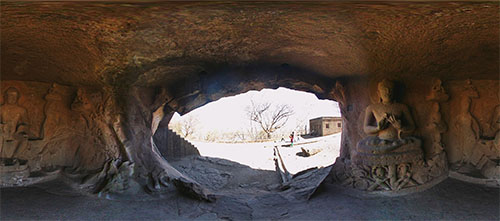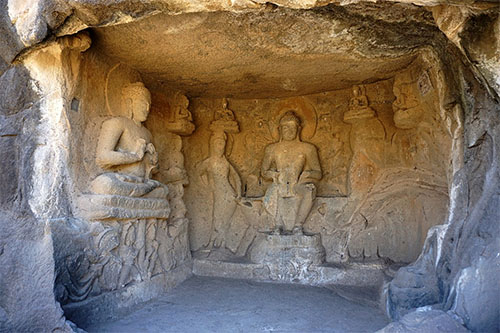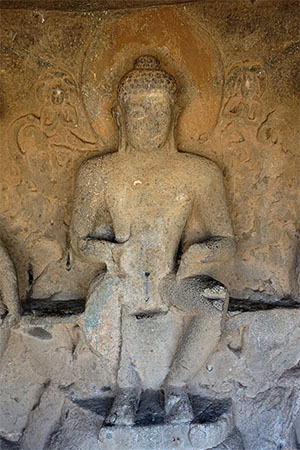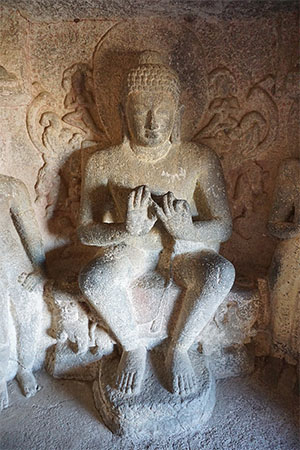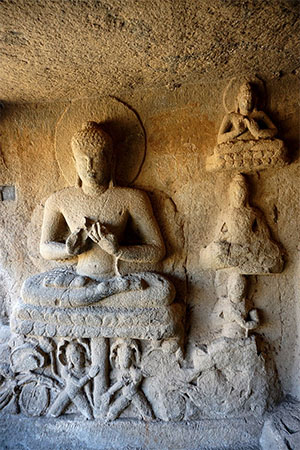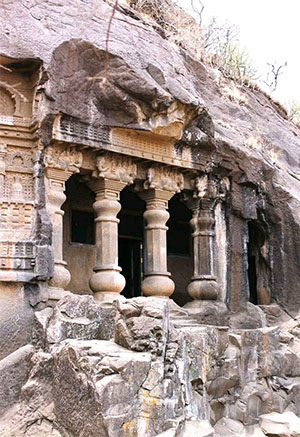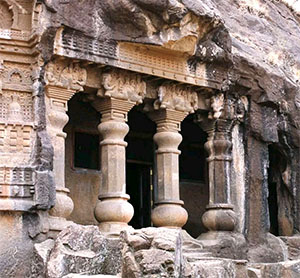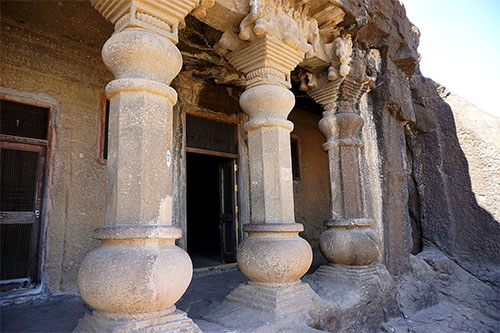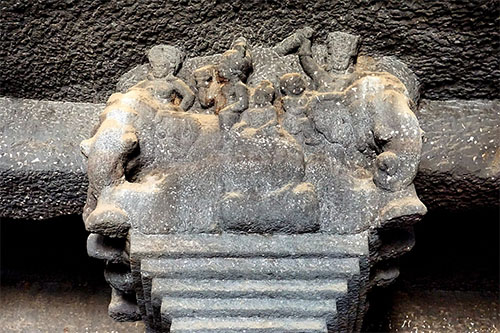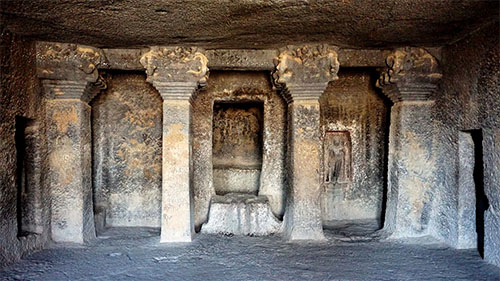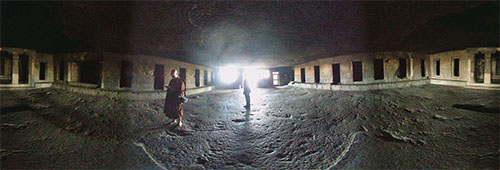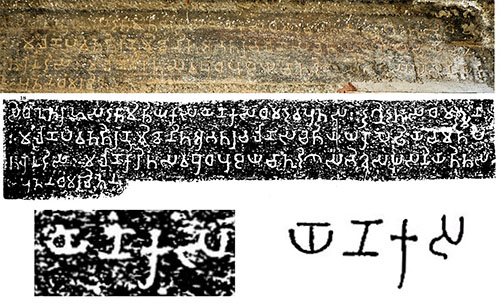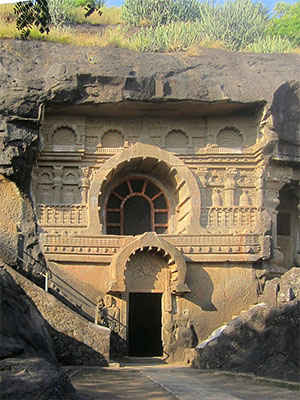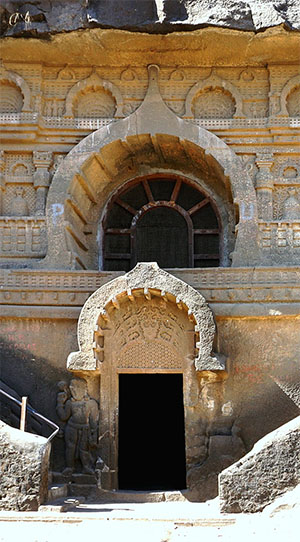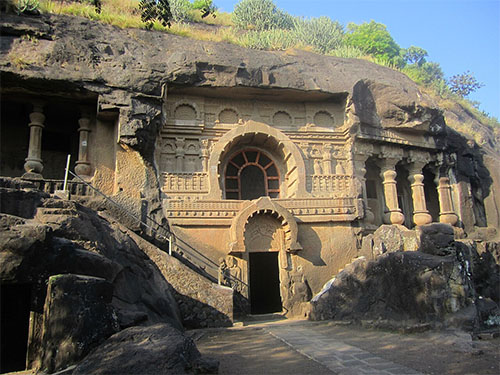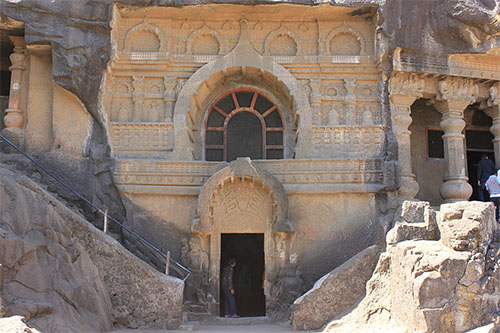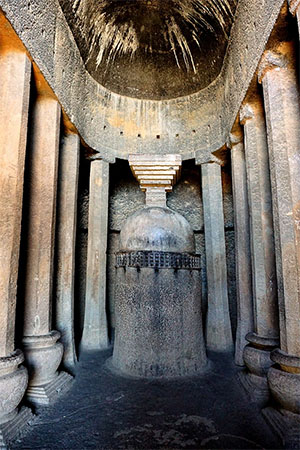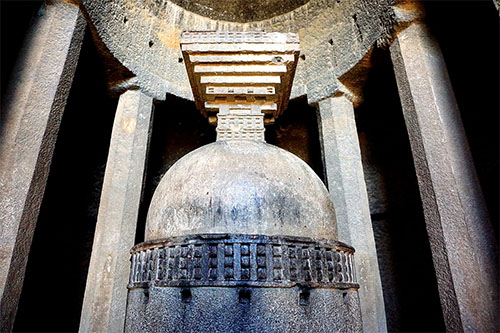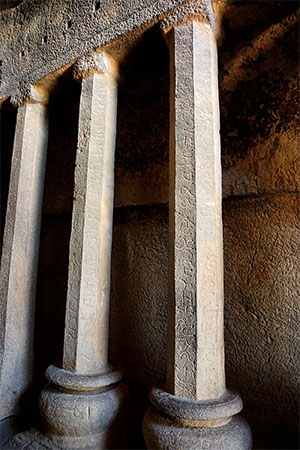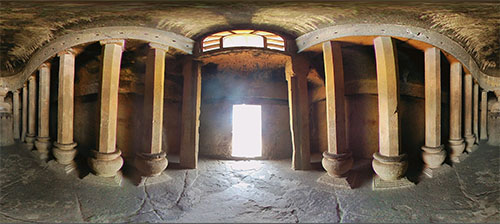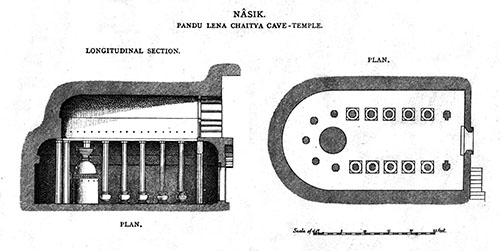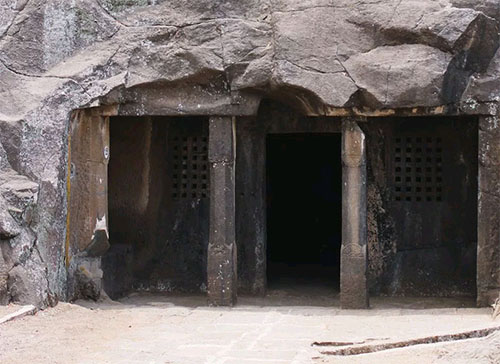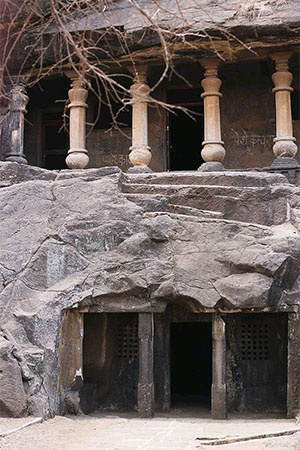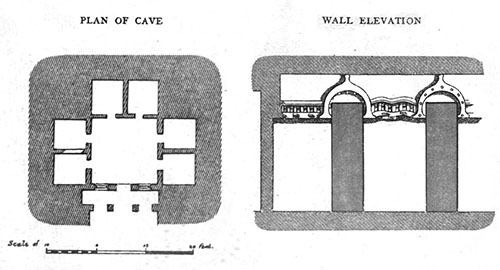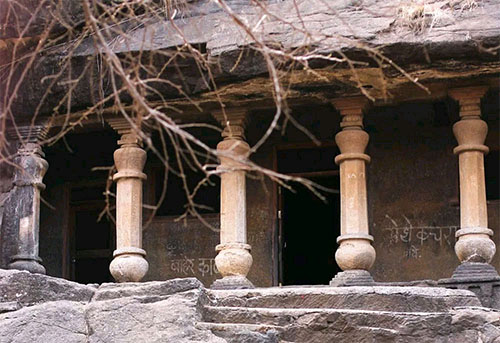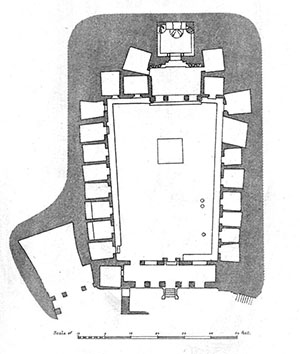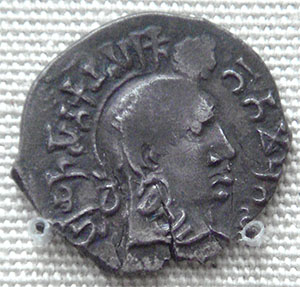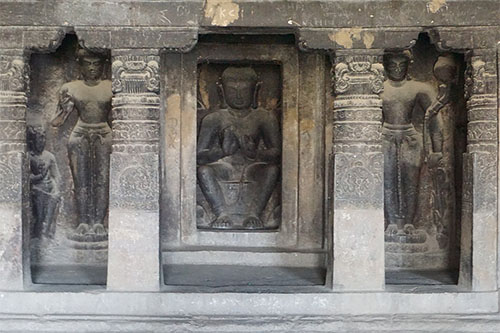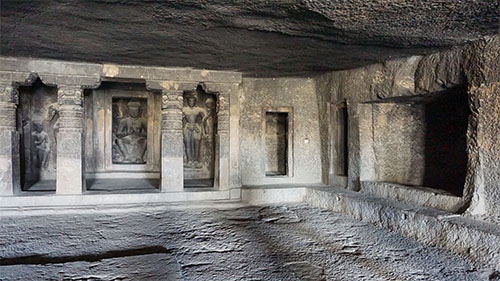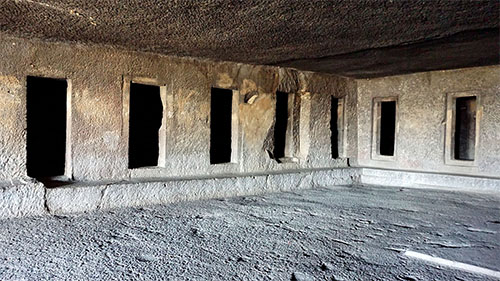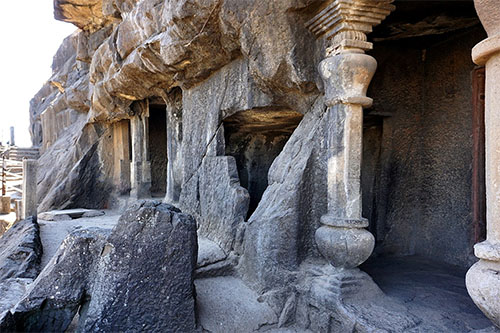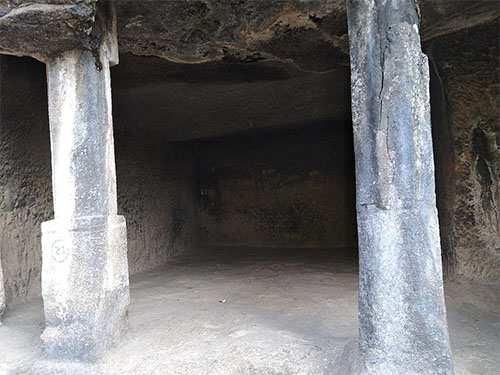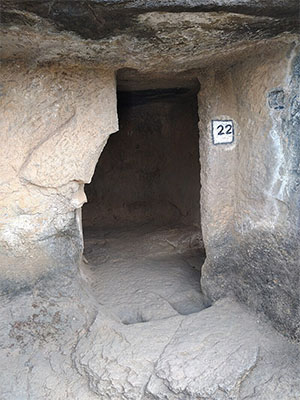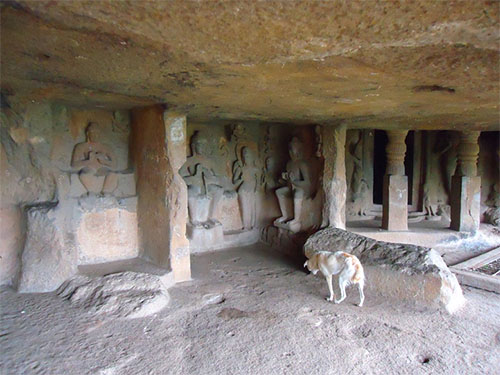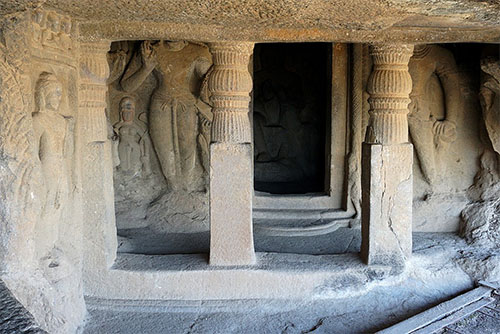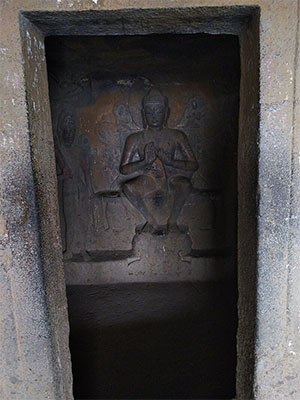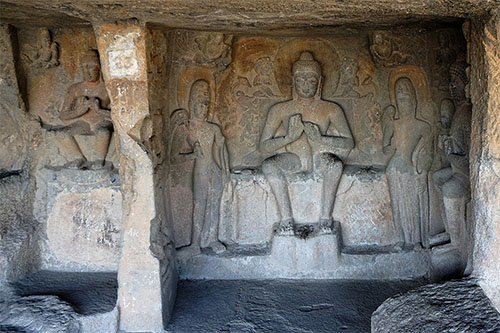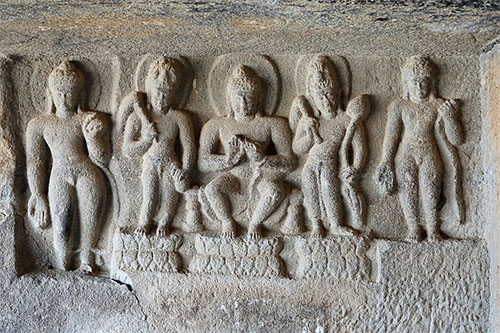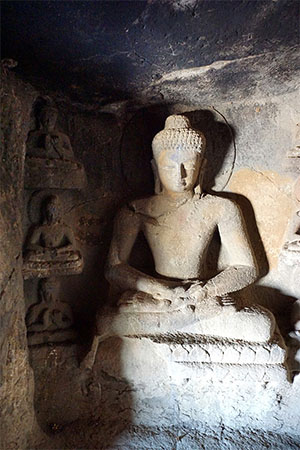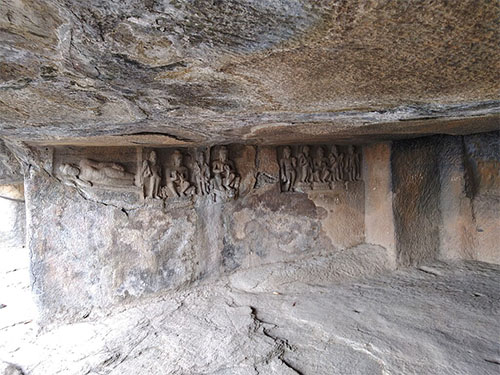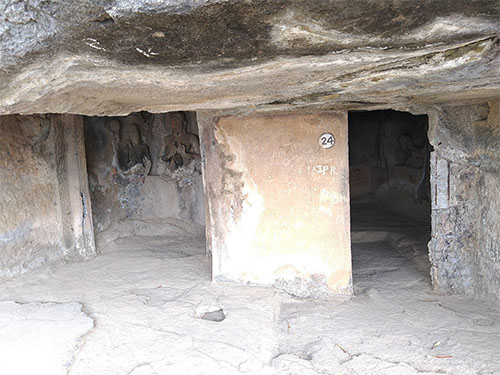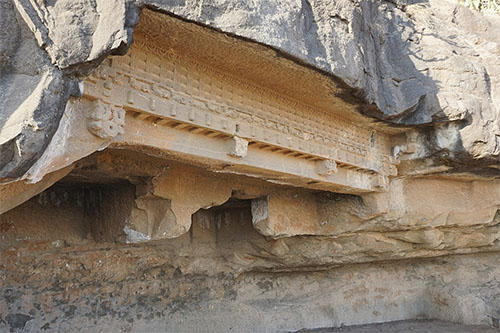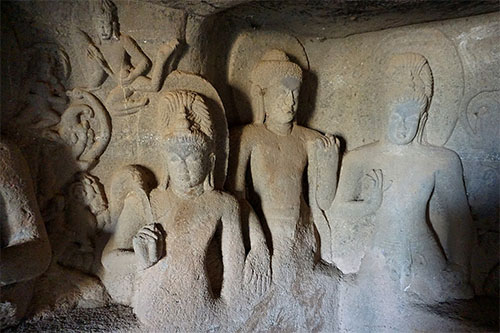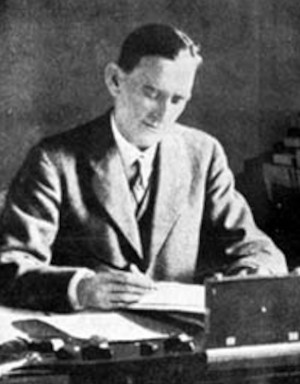by Amy Goodman & Nermeen Shaikh
DemocracyNow!
May 09, 2024
https://www.democracynow.org/2024/5/9/s ... _extremism
GUESTS: Siddhartha Deb, award-winning Indian author and journalist, professor of literary studies at The New School in New York.
LINKS: "Twilight Prisoners: The Rise of the Hindu Right and the Fall of India"; "The Light at the End of the World"
Millions of voters in India are casting their ballots in the third of seven phases in the country’s mammoth general election. The election pits Prime Minister Narendra Modi’s Hindu nationalist BJP party [Bharatiya Janata Party] against an alliance of more than two dozen opposition parties led by the Indian National Congress. Modi has recently come under fire from opponents for referring to Muslims in India as “infiltrators,” but our guest, the award-winning Indian author and journalist Siddhartha Deb, points out that “the Hindu right, they’ve always been extreme,” using “genocidal language” to describe those who do not fit the ethnonationalist image of their “masculine, violent, patriarchal project” and modeling the vision for a Hindu supremacist state after Israel, with its “idea that a strong, muscular, militant majority that are the only people who have the right to [the] nation.” Deb, a professor at The New School, also discusses India’s growing inequality gap, U.S. politicians’ embrace of Modi, and faculty support for pro-Palestine student protests in the U.S.
Transcript
This is a rush transcript. Copy may not be in its final form.
NERMEEN SHAIKH: Millions of voters in India are casting their ballots in the third phase of the country’s mammoth general election. Voting began on April 19th in a seven-phase election which is taking place over a month and a half. Nearly a billion people are eligible to vote. Ballots are set to be counted on June 4th.
Among those who cast their ballots earlier this week was incumbent Prime Minister Narendra Modi, who is seeking a rare third straight term in office. The election pits Modi’s Hindu nationalist BJP party against an alliance of more than two dozen opposition parties led by the Indian National Congress. Modi’s opponents have accused him of using hate speech after he described Muslims in India as, quote, “infiltrators,” prompting the Congress party to file a formal complaint against Modi with election authorities.
Voter turnout in this year’s election has declined compared to the 2019 vote.
AMY GOODMAN: For more, we’re joined in our New York studio by Siddhartha Deb, award-winning Indian author and journalist, born in northeast India. His most recent novel is The Light at the End of the World. His new nonfiction book is Twilight Prisoners: The Rise of the Hindu Right and the Fall of India. He’s a professor of literary studies at The New School in New York.
We welcome you to Democracy Now! Congratulations on the release of the book. Let’s start off by talking about this mammoth election, the biggest in the world, even if it may not be as much turnout even as 2019. Can you talk about what’s at stake and whether Narendra Modi is expected to win by as huge a margin as was predicted?
SIDDHARTHA DEB: Thank you, Amy. It’s great to be back here. Thank you. Nice to see you again, Nermeen.
I think, you know, it’s hard to make these predictions, but it seems very likely that it is not — as we can see from the declining voter participation, we can also see from Narendra Modi sort of anteing up the hate speech, that there is a kind of concern within the Hindu right, within the BJP, that it’s not going to be as sweeping as 2019 or 2014. And that’s partly because, you know, the Hindu right have delivered on all the things, all the big promises they had made, which are basically based on hatred and demonization of Muslims. There’s really no agenda for actual development. There is really no agenda for, you know, public health, people’s security. Things are tremendously precarious on a day-to-day level at India for people. And we can see that beginning to trickle in even among the supporters.
Is it going to be enough to prevent him from — the Hindu right from winning the elections this time? Probably not. But, yes, I do think there is a kind of — you know, they sense that things are changing. And you can also tell because, you know, you can see people — that’s why he brought up the whole ghuspaithiye. That’s the word for infiltrators that they have used for a long time, that he’s trying to — you know, it’s the same rhetoric, but they’re just trying to increase the amount of it, basically.
NERMEEN SHAIKH: So, if you could explain, Siddhartha — I mean, your book is called Twilight Prisoners, and the subtitle is The Rise of the Hindu Right and the Fall of India. So, if you could explain what exactly you think has happened under successive Modi regimes? Just before, as India was getting ready for the elections, the World Inequality Lab came out with a study titled “The Rise of the Billionaire Raj,” which shows that income inequality in India is worse than it was under British colonial rule. So, as against what most people think about India shining and India rising, what’s happening in India?
-- Income and Wealth Inequality in India, 1922-2023: The Rise of the Billionaire Raj ∗ [We are grateful to Jayati Ghosh for her thoughtful comments and to Rajesh Shukla for providing us with ICE360 tabulations and relevant clarifications. We acknowledge financial support from the French National Agency for Research (ANR-17-EUR-0001), ERC Synergy DINA 856455 and WISE Horizon 101095219 research grants. Lucas Chancel acknowledges support from the Stone Program in Wealth Distribution, Inequality, and Social Policy at the Harvard Kennedy School. Emails: Bharti: [email protected]; Chancel: [email protected]; Piketty: [email protected]; Somanchi: [email protected].], by Nitin Kumar Bharti1 [New York University, Abu Dhabi and World Inequality Lab], Lucas Chancel2 [Sciences Po, Harvard Kennedy School and World Inequality Lab], Thomas Piketty3 [Paris School of Economics and World Inequality Lab], and Anmol Somanchi3 [Paris School of Economics and World Inequality Lab], World Inequality Lab, March 18, 2024
SIDDHARTHA DEB: Well, Nermeen, you’re absolutely right. It is worse than under colonial rule. And that is saying something, because when the colonials, when the British left the India subcontinent, I believe the average life expectancy was 26. You know, it was that kind of inequality. And Modi, Modi’s regime has basically empowered a small set of oligarchs, basically.
But again, in terms of everyday life for people, there’s a tremendous amount of precariousness. There’s a tremendous amount of food insecurity. There’s a tremendous — we saw in the handling, for instance, of the pandemic, which the Hindu right is trying to spin, but we saw how abysmal Modi’s and the Hindu right’s handling of the pandemic was. And it was not just the poor that suffered. It was the middle class. Even the well-to-do in India were scrambling for oxygen tanks and hospital beds in some of the most expensive hospitals in India. So, that’s the kind of chaos that Modi has, you know, presided over. There’s been a tremendous upward transfer of wealth. And again, it is beginning to show through. The cracks are beginning to become visible even to his core supporters, I think.
NERMEEN SHAIKH: And also at the level, Siddhartha — that’s obviously social indicators, which are very important. But also at the political level, at the level of altering India’s orientation, in particular towards Muslims, but to minorities in general, if you could speak specifically about this Partition Horrors Remembrance Day, who that’s directed towards, who experienced these horrors? And then, second, you’ve actually been to Ayodhya, where the Babri Masjid was destroyed in 1992 and where earlier this year the [Hindu temple] Ram Mandir was built. If you could speak about the significance of both these things?
SIDDHARTHA DEB: So, you know, just to connect, in some sense, you know, the Hindu right in India are trying to create an ethnonationalist state. And that’s one of the reasons — and it’s really ironic, one of the great ironies of history, that the Hindu right is modeled explicitly after the Italian Fascists and the Nazis, and now they are great allies of Israel, and for the same reasons. They admire this idea of a strong, muscular, militant majority that are the only people who have the right to this nation. And the minorities must be dominated, must be brutalized or expelled. And that is what the Hindu right’s project has been.
And the main platforms of it, for symbolic reasons, to rouse up this sort of national — to create, to concoct this Hindu identity, one of them, one of the platforms, has been to build the temple. And this goes back to the BJP’s rise as a political party and the demolition of the Babri Masjid in 1992. And so, yes, I was there in 2021 to report on the construction of the temple, and built — you know, there is no evidence that a Hindu temple actually had existed underneath this mosque. There is no archaeological evidence. But the thing is that, you know, Modi and the Hindu right seize on these symbolic things, as opposed to substantive things, because the substantive things are food security, public health, climate collapse. You just had the report on Bangladesh. My mother is in Calcutta. The heat in Bengal is incredible. So, there is no discussion of these substantial questions. There is just the enriching of the oligarchs. And for this quote-unquote, this notional “Hindu majority,” there are these symbolic issues. “We will give you a Ram temple to avenge the humiliation of the Muslims, because the Muslims are 'outsiders,'” again, quote-unquote, in this Hindu right mind.
But, you know, when I went to Ayodhya, yes, there is this giant million-dollar temple complex being built, you know, quite gargantuan, on a very sleepy little pilgrimage town, actually. But, you know, if you walk around, the roads are waterlogged. It’s muddy. There is — people are tremendously impoverished. There is an incredible gender disparity. You barely see any women on the streets. It is such a masculine, violent, patriarchal kind of project that they’re pushing forward. And that’s what we are seeing again and again in India.
AMY GOODMAN: India is currently the largest importer of Israeli weapons in the world.
SIDDHARTHA DEB: Yes.
AMY GOODMAN: Narenda Modi, banned from the United States for years after the Gujarat massacre — he was the equivalent of the governor of Gujarat at the time.
SIDDHARTHA DEB: Yes, the chief minister.
AMY GOODMAN: The significance of this, going right through to the election now? You have his opponents accusing him of using hate speech after he described Muslims in India as, quote, “infiltrators,” the opposition Congress party filing a formal complaint against him with election authorities. The significance of all this happening now? Would you say he is getting more extreme? And what about the U.S. relationship with India?
SIDDHARTHA DEB: You know, Amy, he’s not getting more extreme. He has always — and it’s not just Modi. It’s the Hindu right. They’ve always been extreme. They have been extreme — to go back to Nermeen’s question on the Partition Horrors Museum, they were extreme even in 1947, when the partition took place. And I take great offense. I am — my father was a refugee from the partition, of what became Bangladesh. Modi is just weaponizing this completely one-sided — the Hindu right participated gleefully in the massacres and the rapes that accompanied the partition. Everybody suffered — Hindus, Muslims, Sikhs, Dalits. People suffered on a very large scale. And they are simply weaponizing it into their sort of this — again, this notion that the Muslims are the villains and the Hindus are these perfect victims. And that’s not true.
But, you know, we see this — in terms of the U.S. relations, every U.S. administration we have seen since that initial rejection of a visa for Modi when he was the chief minister of Gujarat under 2002, once Modi won the elections in 2014, once he became the prime minister, the Obama administration, the Trump administration, the Biden administration — every single administration has embraced Modi, has embraced the Hindu right and looked the other way, in spite of these egregious violations of human rights and utter violence.
So, in that sense, he hasn’t become more extreme. I was in Assam reporting for The New York Times Magazine. I have seen Modi’s home minister, Amit Shah, come down in a helicopter to a rally and talk about Muslims as ghuspaithiyes, or the word “infiltrators.” You know, it’s on record. They have been doing it again and again. People are compared to ants and crows. That’s what they are — this is genocidal language. And the U.S. has stood aside. And yes, India is the largest arms importer in the world, and not just a purchaser of arms from Israel, but also from the United States and from Britain and from France, all the great Western democratic powers.
NERMEEN SHAIKH: And, Siddhartha, before we end, if you could just say how you understand Modi’s change in policy, India’s change in policy vis-à-vis Israel, because for decades after partition, India was totally pro-Palestinian?
SIDDHARTHA DEB: Well, absolutely. I mean, that’s partly also — you know, this has not been very hard for me to think about. I mean, I was for Palestinian — for Palestinian rights. That was part of my political formation growing up as a teenager in India, because, you know, India’s own experience of colonialism, which was horrific, it just made it very, very clear that we would be for Palestine, but without ever — without ever marginalizing the suffering of Jews, not just in the Shoah, but centuries of European antisemitism. These were part and parcel of our anti-colonial identity. It’s for the same reason that we were against apartheid South Africa. It was for the same reason that we were for civil rights in the United States. And now it is basically a coming together of these ethnonationalist muscular states that admire each other. And that’s what the Hindu right is. And that’s why the Israelis and the United States supports them both.
AMY GOODMAN: And we just have 10 seconds, but you’re a professor at The New School. The New School has just set up a faculty encampment — it may be the first in the country — to defend the students. The significance of this?
SIDDHARTHA DEB: I absolutely, absolutely find it amazing. I think the students have been incredibly inspiring. We would not have found out about The New School’s complicity in Israeli weapons manufacturing in the war, and the students have actually made that clear. And so, yes, it’s our duty as faculty in a place that touts social justice to stand with them.
AMY GOODMAN: Siddhartha Deb, award-winning Indian journalist, born in northeast India. His latest book is called Twilight Prisoners.

